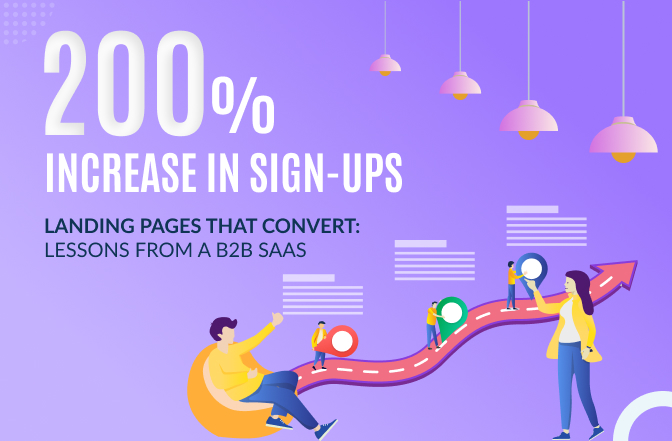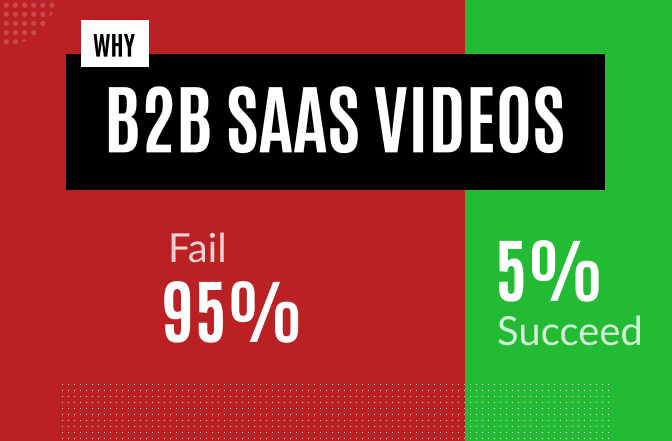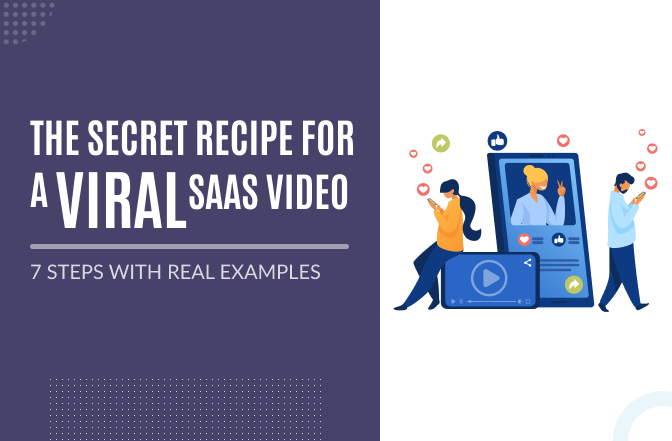On-page SEO for B2B tech companies involves optimizing web pages to improve their search engine rankings and attract relevant business customers. This strategy is crucial in the B2B tech industry, where technical products and services need to be accurately and compellingly presented.
Key elements of B2B SEO include optimizing page titles, meta descriptions, and headers to include industry-specific keywords that resonate with business clients. Additionally, optimizing for user experience is vital, ensuring the website is navigable, fast-loading, and mobile-friendly.
B2B tech companies often deal with complex concepts and solutions, so clear, jargon-free language that explains the value proposition is essential. Internal linking to relevant content and using structured data to help search engines understand and index pages are also part of effective on-page SEO strategies for B2B tech firms.
In the dynamic realm of B2B technology, a startup, ‘Synchronized Security’, emerges, aiming to revolutionize cybersecurity with its state-of-the-art firewall solutions.
Despite their groundbreaking innovation, they were struggling to stay afloat. They tried everything, from social media marketing to paid marketing, yet their digital presence remained obscured.
When nothing seemed to be working, Kris, the CEO of the company reached out to PureDeves: an agency specializing in B2B tech marketing for their wise guidance. He was suggested to do the following:
- Optimizing page title tags, meta description, and headers
- Include industry-specific keywords
- Making the website user-friendly, fast-loading, and mobile-friendly
- Interlinking relevant content
- Using structured data
- Indexing relevant pages
Without wasting any time, he started implementing these improvements.
Strategic Content Enhancement
Quality content is the cornerstone of any successful SEO strategy, particularly for businesses like cybersecurity, B2B SaaS, and FinTech, where the complexity of products and services requires clear and authoritative communication. High-quality content serves multiple purposes: it enhances user engagement by providing valuable and relevant information, increases the likelihood of being shared and linked to, and establishes a brand’s authority and trustworthiness in its niche.
Search engines like Google prioritize content that demonstrates expertise, authority, and trustworthiness (E-A-T), making it essential for ranking higher in search results.
After learning search engine algorithm fundamentals for B2B tech websites, he started crafting content that resonated with his target audience – cybersecurity professionals and tech-savvy business leaders.
This involved developing comprehensive, authoritative content that not only showcased the company’s firewall solutions but also addressed common pain points and questions in the cybersecurity field.
By doing so, the website became not just a product showcase, but a valuable resource hub, greatly improving its relevance and authority in search engine algorithms.
Meta Tag Mastery
Optimizing meta titles and descriptions is a key aspect of on-page SEO, serving as a crucial element in enhancing a website’s visibility and attractiveness in search engine results pages (SERPs). These components act as a concise summary of a webpage’s content, influencing both the search engine’s understanding of the page and the user’s decision to click through.
Well-crafted meta titles and descriptions that incorporate relevant keywords and provide clear, engaging information can significantly improve a site’s click-through rates (CTR).
So he delved into the nuanced art of meta tags. He worked meticulously to create meta titles and descriptions that were not only SEO-friendly but also compelling to the audience.
This dual focus ensured that once the company’s website appeared in search results, its listings were engaging and informative, driving higher click-through rates. This attention to detail extended to image alt texts and headers, enhancing accessibility and reinforcing keyword relevance throughout the site.
Mobile Optimization and User Experience
Ensuring a website is mobile-friendly, with responsive design and fast loading times, is key to improving user engagement and reducing bounce rates. A positive user experience, characterized by intuitive navigation and seamless interaction, not only satisfies visitors but also signals to search engines the relevance and value of the site, boosting its SEO ranking.
So he prioritized mobile optimization. He transformed the website into a responsive, fast-loading platform, offering an impeccable user experience across all devices.
This shift not only improved user engagement but also aligned with Google’s mobile-first indexing, giving the company an edge in search engine rankings.
The Final Tough
Kris skillfully blended the art of balancing technical expertise with compelling storytelling, integrating optimized title tags, strategic keyword usage, and creating a seamless user experience.
Emphasizing the importance of internal linking, Kris demonstrated to company stakeholders how he is guiding visitors through their product ecosystem, enhancing both navigation and information hierarchy. Amidst this transformation, the company started witnessing its digital growth, with improved organic traffic and search rankings.
Realizing the Vision
As Kris adapts to the evolving landscape of SEO, he stays ahead of the curve, aligning his strategies with the latest algorithm updates and trends, always ensuring compliance and security in their sector.
The result? A transformed digital presence that not only reflects his business’s technical prowess but also his commitment to innovation and user-centric solutions.
The end, happy ending! Stay tuned for the next story.










